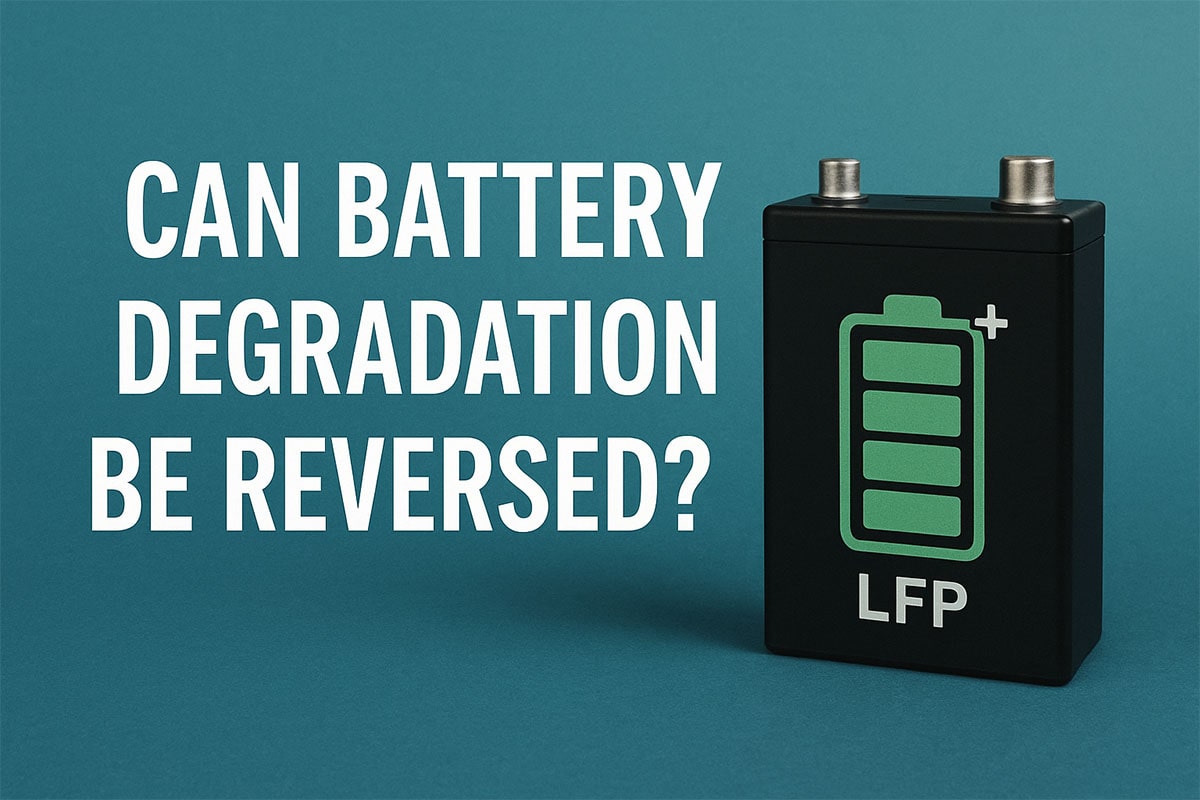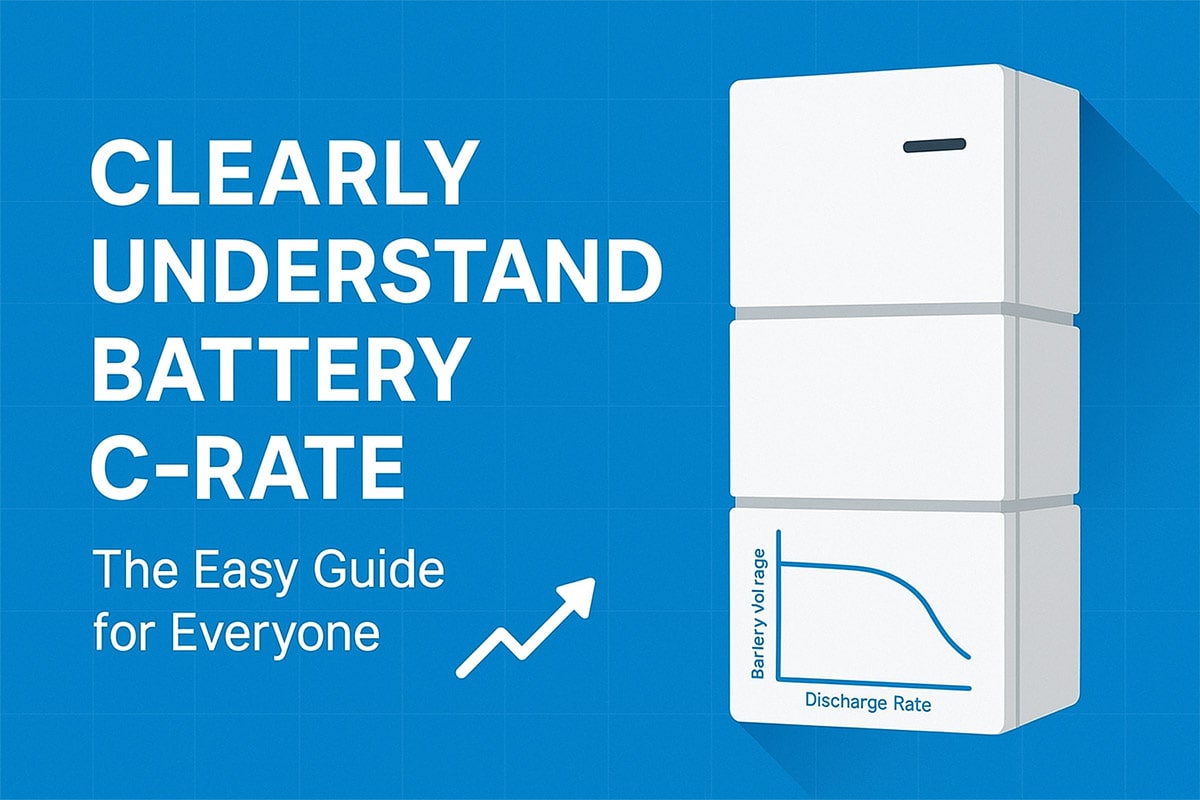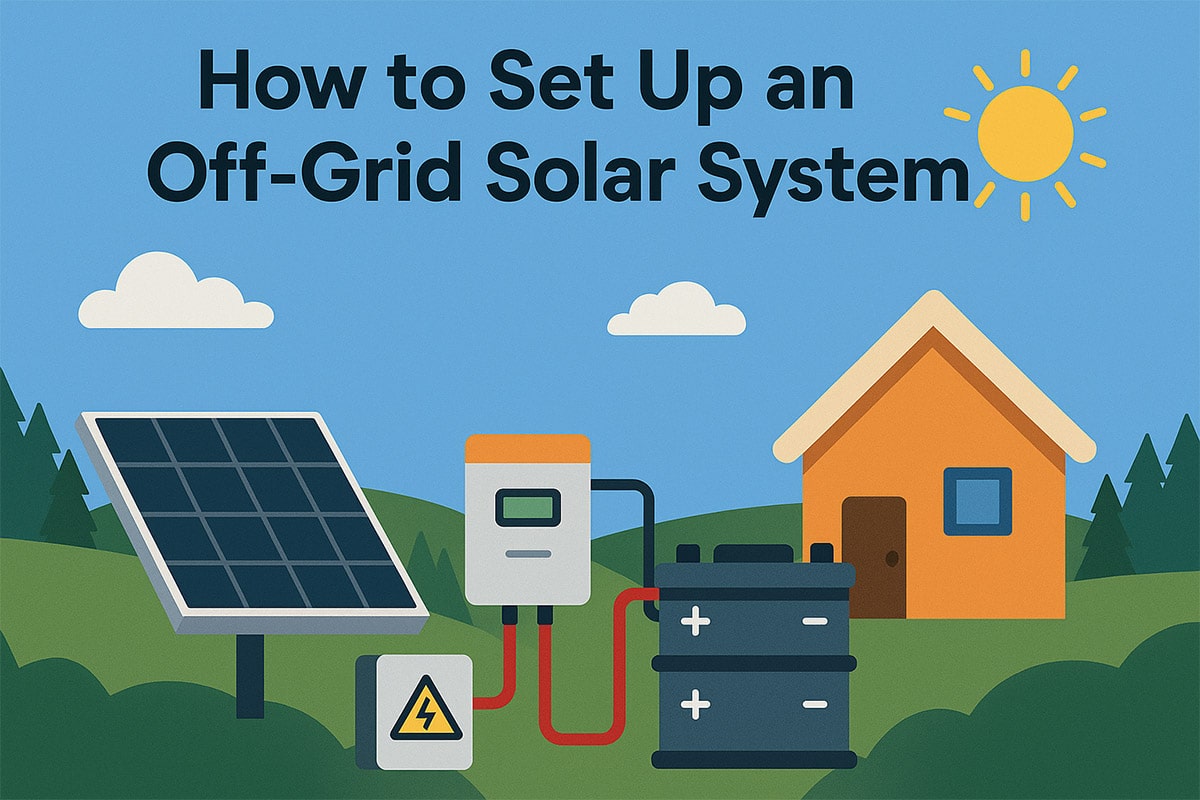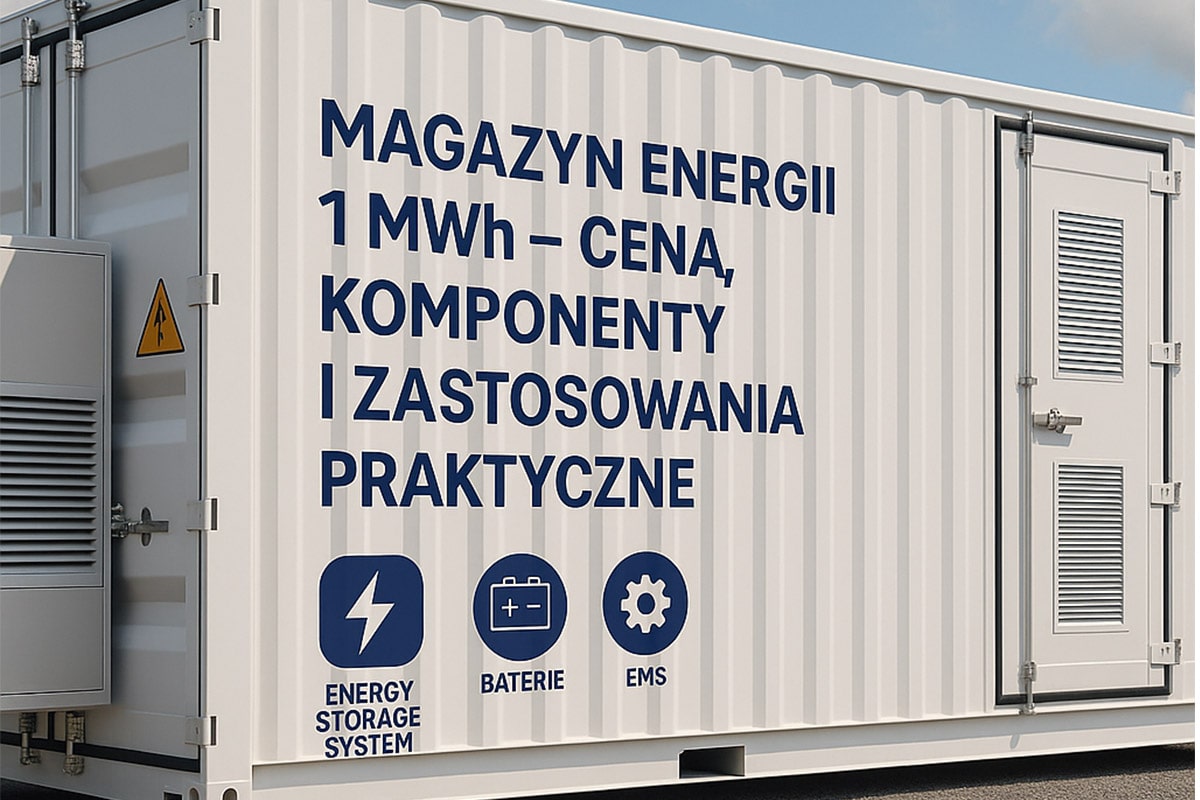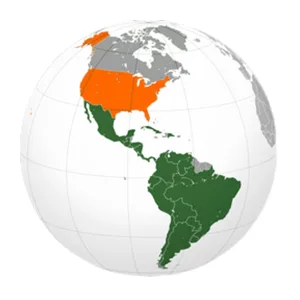How Does Dust Affect Photovoltaic Power Generation
How Does Dust Affect Photovoltaic Power Generation
Atmospheric dust is one of the key factors affecting the efficiency of solar power generation. Dust pollution will greatly reduce the power generation of photovoltaic power plants, which is estimated to be at least 5% per year. If calculated according to the estimated global installed capacity of 500GW in 2020, dust will reduce power generation every year. The economic loss caused by the amount will be as high as 5 billion US dollars. As the installed capacity of power stations continues to grow, this loss will become more serious—when the global installed capacity is about 1400GW in 2030, the economic loss caused by dust is expected to be as high as US$13 billion.
1.Temperature influence
At present, photovoltaic power plants mostly use silicon-based solar cell components, which are very sensitive to temperature. With the accumulation of dust on the surface of the components, the heat transfer resistance of the photovoltaic components is increased, and it becomes the heat insulation layer on the photovoltaic components, affecting its heat dissipation. . Studies have shown that when the temperature of solar cells rises by 1°C, the output power drops by about 0.5%. Moreover, when the battery components are exposed to sunlight for a long time, the covered part heats up much faster than the uncovered part, resulting in dark spots of burnt out when the temperature is too high. Under normal illumination conditions, the covered part of the battery panel will change from a power generation unit to a power consumption unit, and the covered photovoltaic cell will become a load resistor that does not generate electricity, consuming the power generated by the connected battery, that is, heat, which is the hot spot effect. This process will aggravate the aging of the battery board, reduce the output, and cause the components to burn out in severe cases.
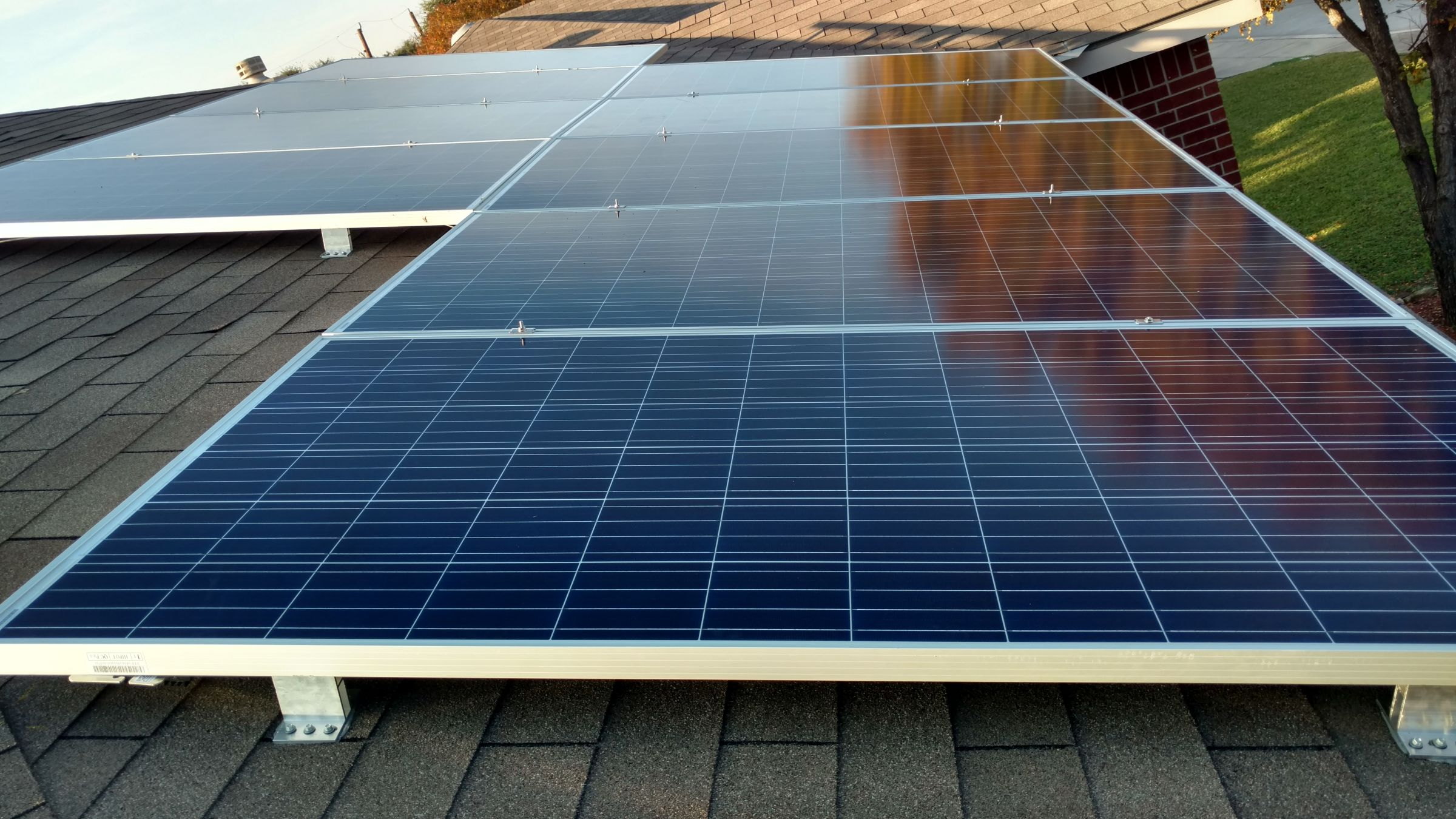
2.Occlusion effect
Dust adheres to the surface of the battery panel, which will block, absorb and reflect the light, the most important of which is the light blocking effect. The reflection, absorption and occlusion of light by dust particles affect the absorption of light by photovoltaic panels, thereby affecting the efficiency of photovoltaic power generation. Dust deposited on the light-receiving surface of the panel assembly will firstly reduce the light transmittance of the panel surface; secondly, it will change the incident angle of some light, resulting in uneven transmission of light in the glass cover. Studies have shown that under the same conditions, the output power of clean battery panel components is at least 5% higher than that of ash-deposited components, and the higher the ash accumulation, the greater the decline in module output performance.
3.Corrosion effects
The surface of photovoltaic panels is mostly made of glass, and the main components of glass are silica and limestone. When wet acidic or alkaline dust is attached to the surface of the glass cover, the components of the glass cover can react with acid or alkali. As the time of the glass in the acidic or alkaline environment increases, the glass surface will be slowly eroded, resulting in pits and pits on the surface, resulting in diffuse reflection of light on the surface of the cover plate, and the uniformity of propagation in the glass will be destroyed , the rougher the cover plate of the photovoltaic module, the smaller the energy of the refracted light, and the energy that actually reaches the surface of the photovoltaic cell decreases, resulting in a decrease in the power generation of the photovoltaic cell. And rough, sticky surfaces with adhesive residue are more likely to accumulate dust than smoother surfaces. Moreover, the dust itself will also absorb dust. Once the initial dust exists, it will cause more dust to accumulate and accelerate the attenuation of the power generation of photovoltaic cells.
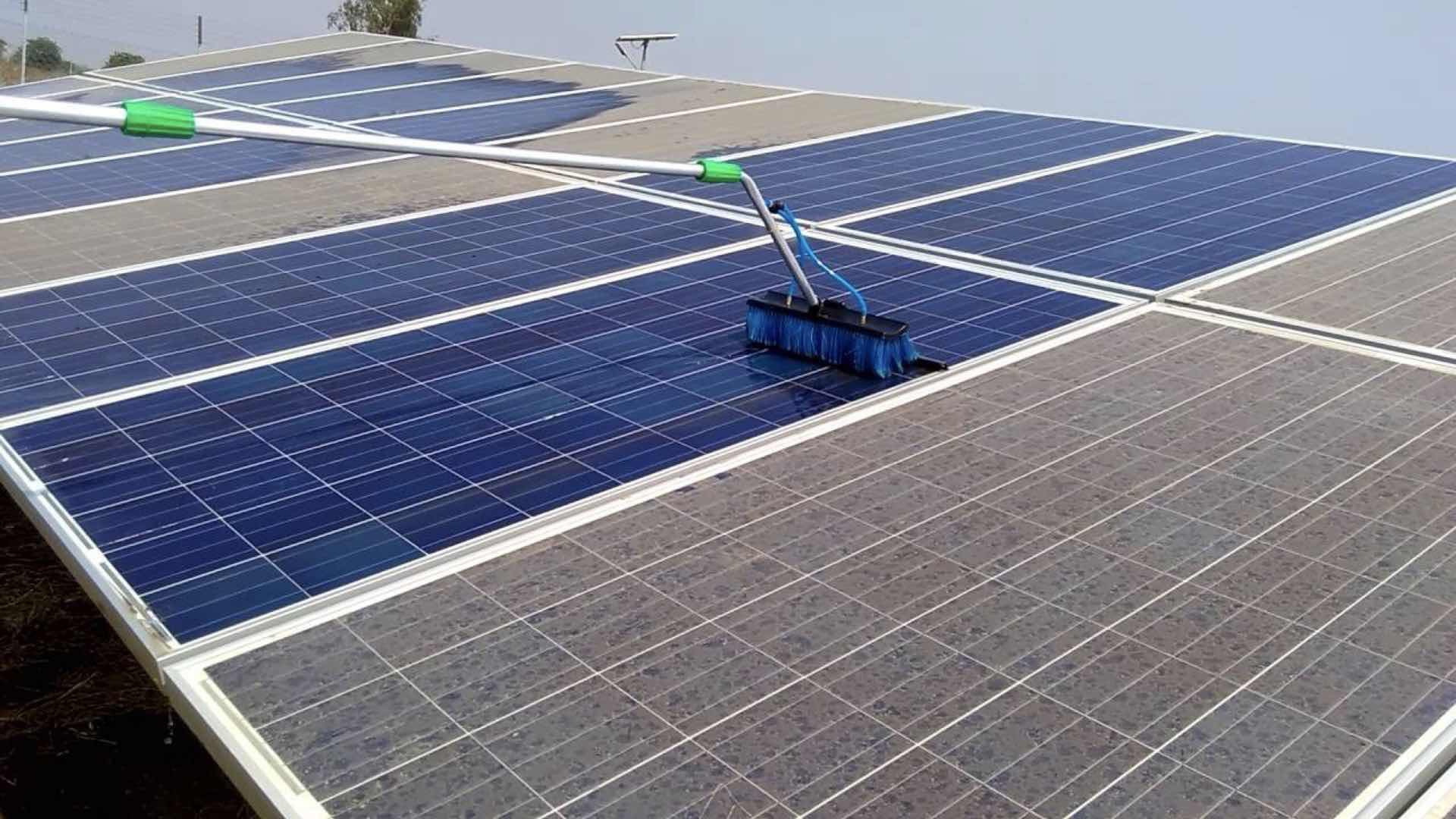
4.Theoretical Analysis of Dust Cleaning
The glass surface of photovoltaic modules placed outdoors can trap and accumulate dust particles, forming a dust coating that blocks light from entering the cell. Gravity, van der Waals forces, and electrostatic field forces all contribute to dust accumulation. Dust particles not only interact forcefully with the photovoltaic glass surface, but also interact with each other. Cleaning the dust means removing the dust from the surface of the panel. To remove the dust on the surface of the battery board, it is necessary to overcome the adhesion force between the dust and the battery board. The dust on the battery board has a certain thickness. When cleaning it, it can be applied with a parallel load, a load at a certain angle (or perpendicular) to the battery board, or a rotational moment on the dust layer to destroy the adhesion between the dust and the battery board. Adhesive action to remove dust.
q—the load parallel to the battery board; F—the load with a certain angle or perpendicular to the battery board; M—the rotational moment applied to the dust layer
For the removal of dust particles, it is necessary to overcome the tangential adhesion force and the normal adhesion force of the dust particles. The normal adhesion force is the adhesion force between the dust particles and the battery board. The tangential adhesion force is relatively small and generally can be ignored. . If the dust is removed from the vertical direction, it only needs to overcome the normal adhesion force. For example, the process of cleaning with water and wetting the dust particles mainly overcomes the normal adhesion force. When the water is cleaned, it mainly increases the distance between molecules, reduces the van der Waals attraction and produces buoyancy, and overcomes the van der Waals force and gravity of the adhesion force of dust particles. Adding surfactants to the water makes the effect more pronounced, and also creates a strong electrostatic force that removes dust from the panels. Dust particles have to overcome the tangential adhesion force when they move relative to the battery board.

